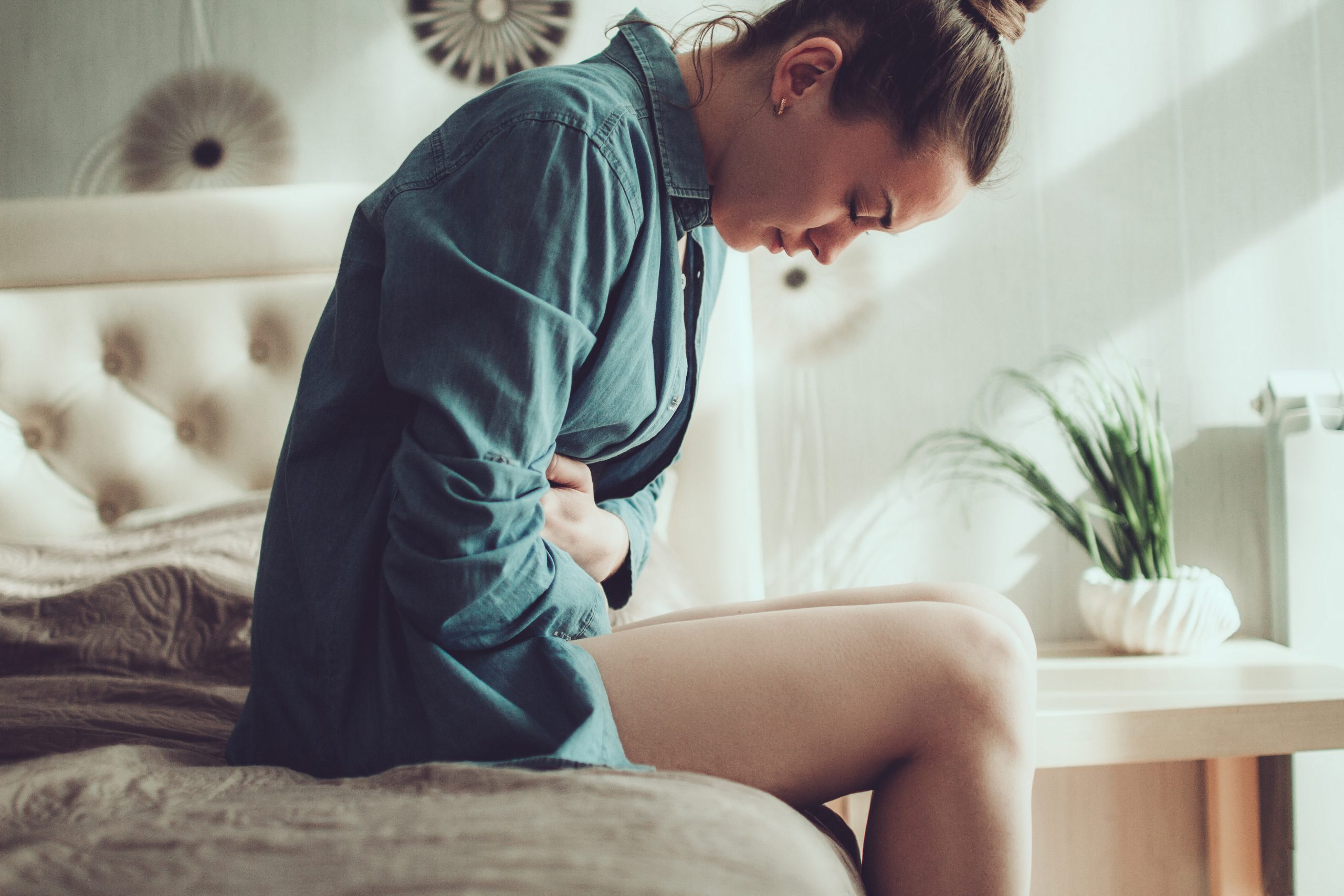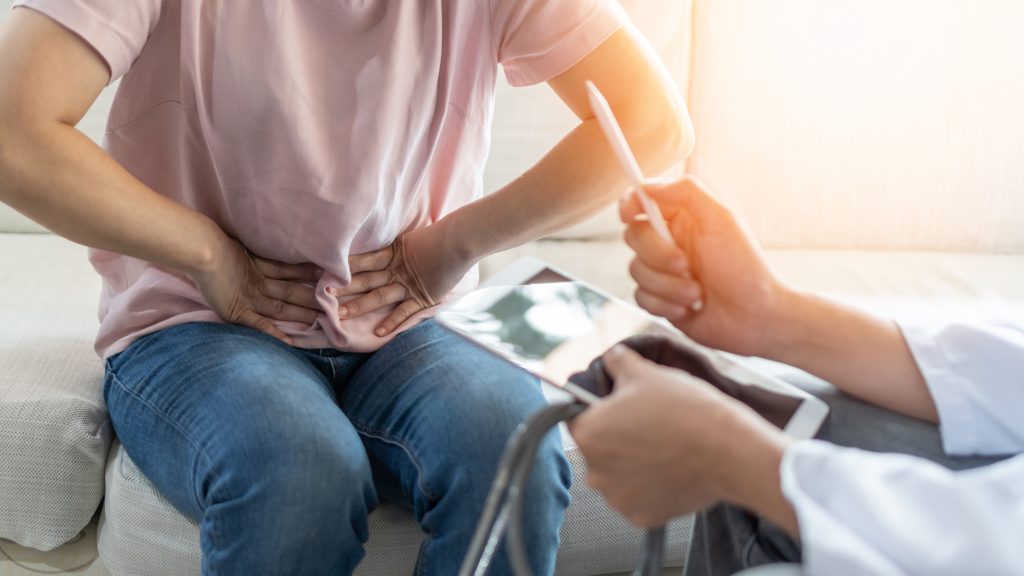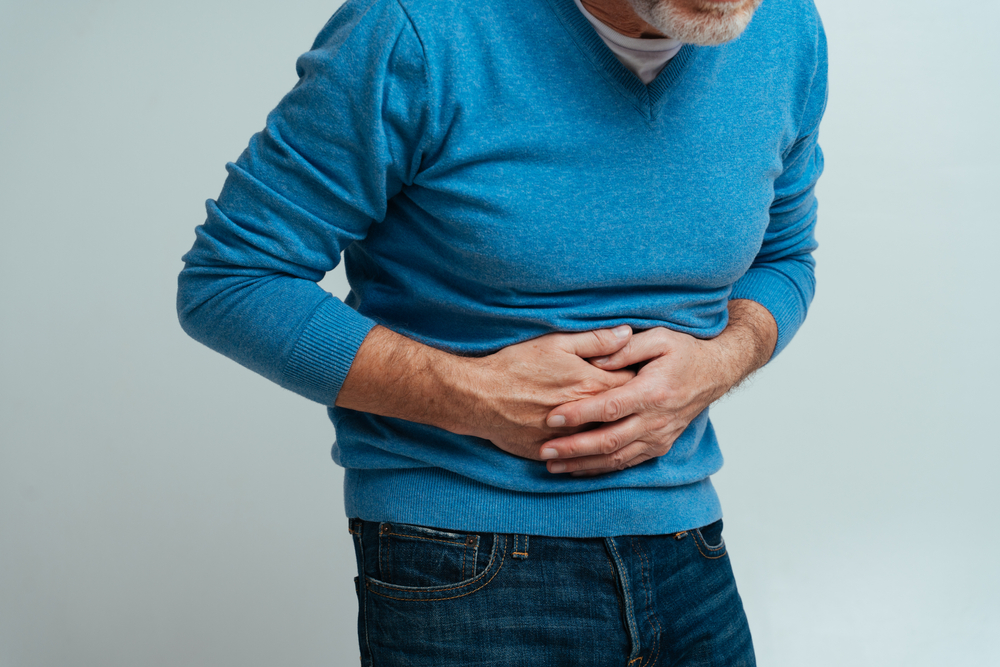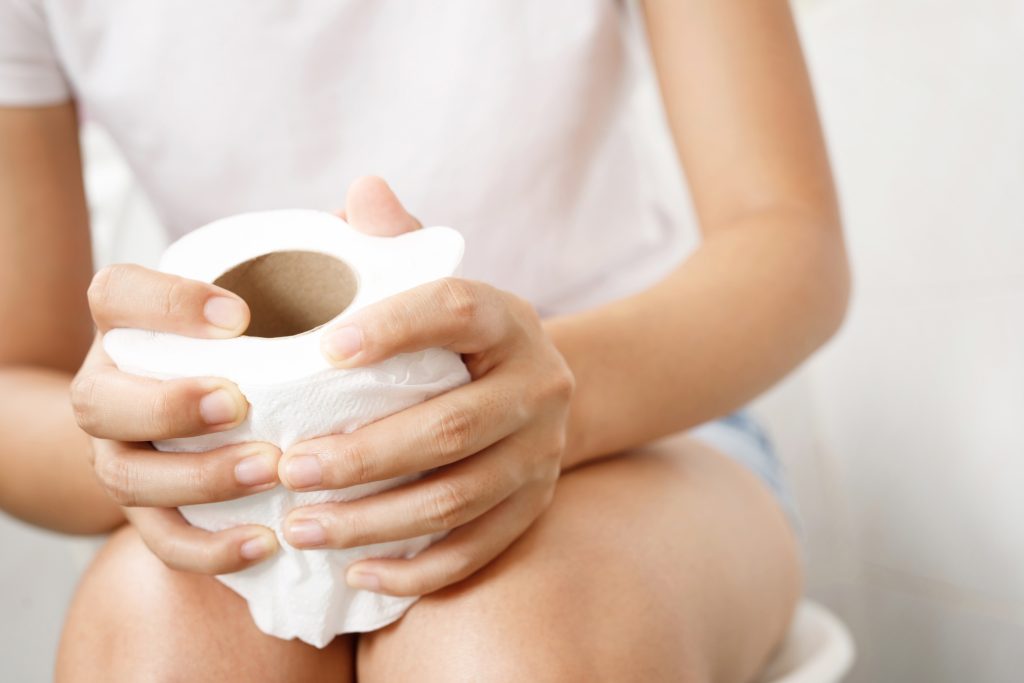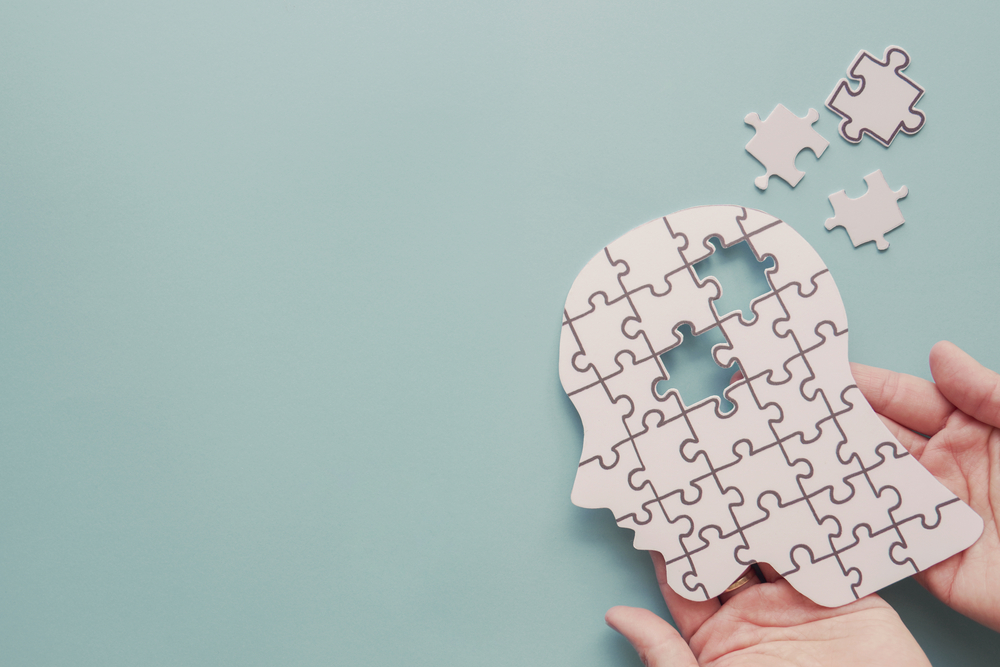Bladder pain can significantly affect your quality of life, making simple tasks uncomfortable. Whether it’s mild bladder discomfort or more severe urinary pain, understanding the causes and treatments is essential for managing these symptoms. Conditions such as interstitial cystitis, infections, or inflammation can all contribute to pelvic and urinary tract pain.
What Causes Persistent Bladder Discomfort?
Persistent bladder discomfort can arise from various factors, with urinary tract infections (UTIs) being one of the most common causes. Other common causes of bladder discomfort include inflammation, interstitial cystitis, bladder stones, and bladder lining irritation. Identifying the underlying cause is essential for finding the right treatment.
Bladder discomfort is frequently caused by interstitial cystitis, a chronic condition characterized by bladder pressure, pain, and frequent urination. Inflammation, bladder lining irritation, or bladder stones can also result in persistent discomfort.
Managing Urinary Pain Effectively
Urinary pain can often be managed at home, primarily when caused by mild infections or irritation. Staying hydrated is one of the easiest ways to flush out bacteria and reduce discomfort. Drinking plenty of water helps dilute the urine and decrease bladder irritation. Applying a warm compress to the lower abdomen can relieve pain and cramping.
Avoiding caffeine, alcohol, and spicy foods can help, as these substances can further irritate the bladder. Over-the-counter pain relievers like ibuprofen or acetaminophen may also help alleviate discomfort. However, if urinary pain persists or worsens, it’s important to consult a doctor for proper diagnosis and treatment.
How can I manage urinary pain at home?
To manage urinary pain at home, drink plenty of water, avoid irritants like caffeine and alcohol, and apply a warm compress to the lower abdomen. Over-the-counter pain relievers may also help reduce discomfort.
Pelvic pain, often linked to bladder issues, can be managed with natural remedies. Incorporating anti-inflammatory foods into your diet, such as leafy greens, fatty fish, and nuts, may help reduce inflammation, contributing to pelvic discomfort. Yoga and gentle stretching exercises can also alleviate pelvic tension and improve circulation, relieving pain.
Mindfulness and relaxation techniques, such as deep breathing and meditation, can help manage chronic pelvic pain by reducing stress, which is known to exacerbate bladder issues. Herbal remedies like marshmallow root or chamomile tea may provide soothing effects. However, it’s essential to consult a healthcare provider before starting new treatments.
If you want medical help, we encourage you to visit GetReliefRx today to explore proven solutions to ease your symptoms and improve your gut health.
Understanding Interstitial Cystitis
Interstitial cystitis is a chronic bladder condition that causes recurring pain, pressure, and the urgent need to urinate. Unlike a UTI, interstitial cystitis is not caused by bacteria and does not typically respond to antibiotics. Symptoms can include
- bladder pain that worsens as the bladder fills
- pelvic pain
- frequent urination (often more than eight times a day)
The exact cause of interstitial cystitis is not known. However, it may be linked to a defect in the bladder lining or an autoimmune response. These symptoms often worsen as the bladder fills and improves after urination. However, the condition can be chronic and complex without proper treatment.
What role do Histamines play?
Some patients with Interstitial Cystitis have shown significant improvement of symptoms with “dual-antihistamine” therapy. Using the right ratio of certain antihistamines to block both the histamine-1 and histamine-2 receptors has reduced pain, urinary frequency, and bladder spasms in these patients.
Solutions for Urinary Tract Pain
Treating the underlying cause is essential for relief. Antibiotics are usually prescribed for bacterial infections like UTIs. Suppose the pain is related to interstitial cystitis. In that case, treatment may involve a combination of dietary changes, bladder retraining, and medications such as antihistamines or pentosan polysulfate sodium, which help protect the bladder lining.
In more severe cases, bladder distention (a procedure to stretch the bladder) or nerve stimulation therapies may be recommended. Lifestyle changes, including avoiding irritants like caffeine and alcohol and practicing stress-reducing activities, can help significantly reduce urinary tract pain.
How to Prevent Recurrent Bladder Discomfort
Preventing recurrent bladder discomfort requires a combination of good hygiene, dietary choices, and lifestyle adjustments. Staying hydrated is key to flushing out toxins and bacteria from the urinary system. Drinking water frequently can help prevent infections and reduce irritation. It’s also important to avoid holding in urine for long periods, which can contribute to bladder infections.
Proper hygiene, especially after using the bathroom or engaging in sexual activity, can help prevent bacterial infections. Additionally, wearing loose-fitting clothing and breathable fabrics can help reduce irritation in the pelvic area. Making dietary changes, such as avoiding bladder irritants like caffeine, alcohol, and spicy foods, can prevent recurring bladder discomfort.
Medical solutions can also help with bladder pain. Visit GetReliefRx today to explore proven solutions designed to ease your symptoms and improve your gut health. Click here to start feeling better now!
